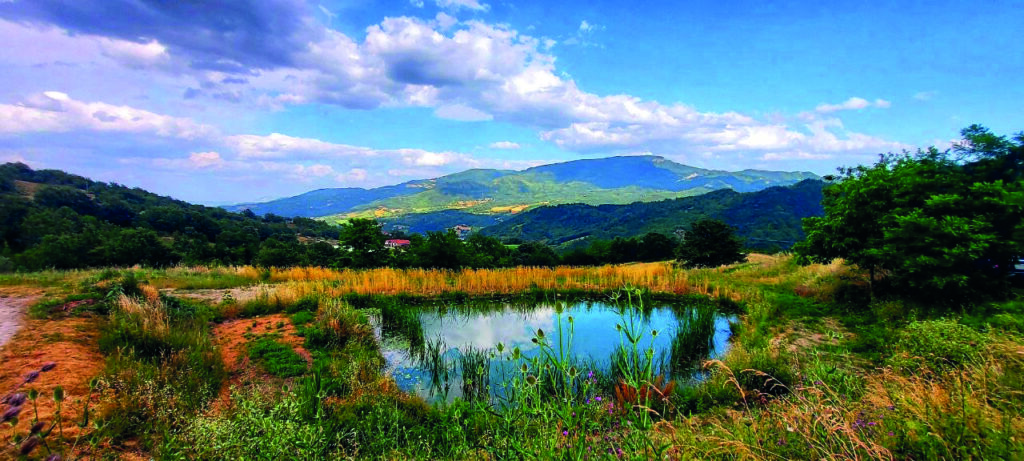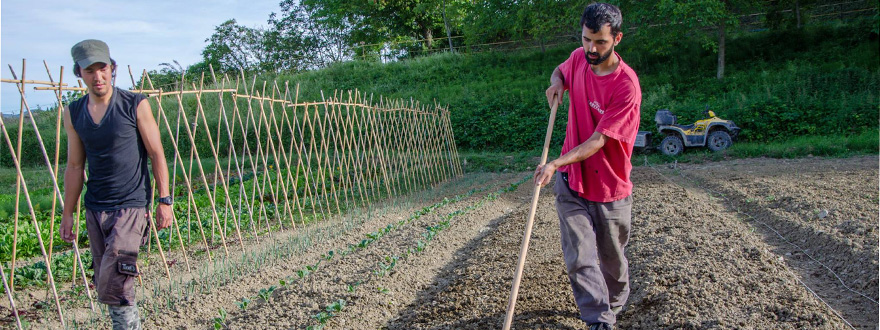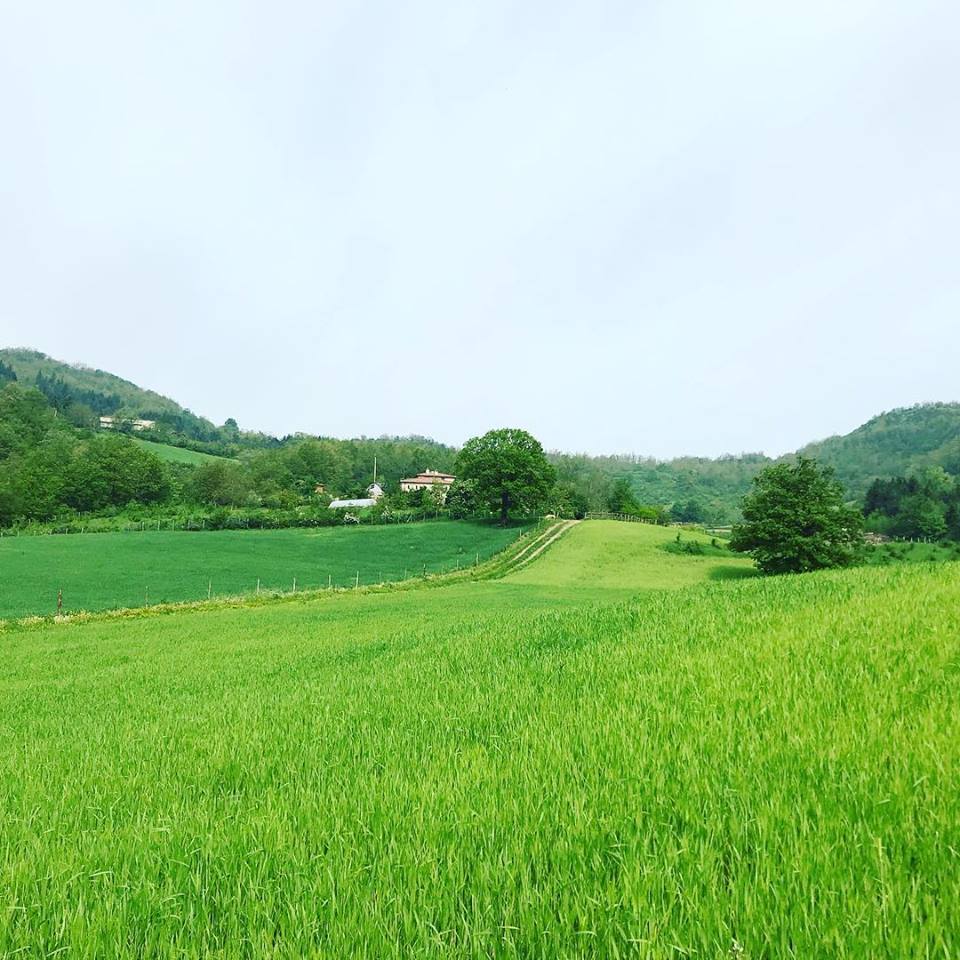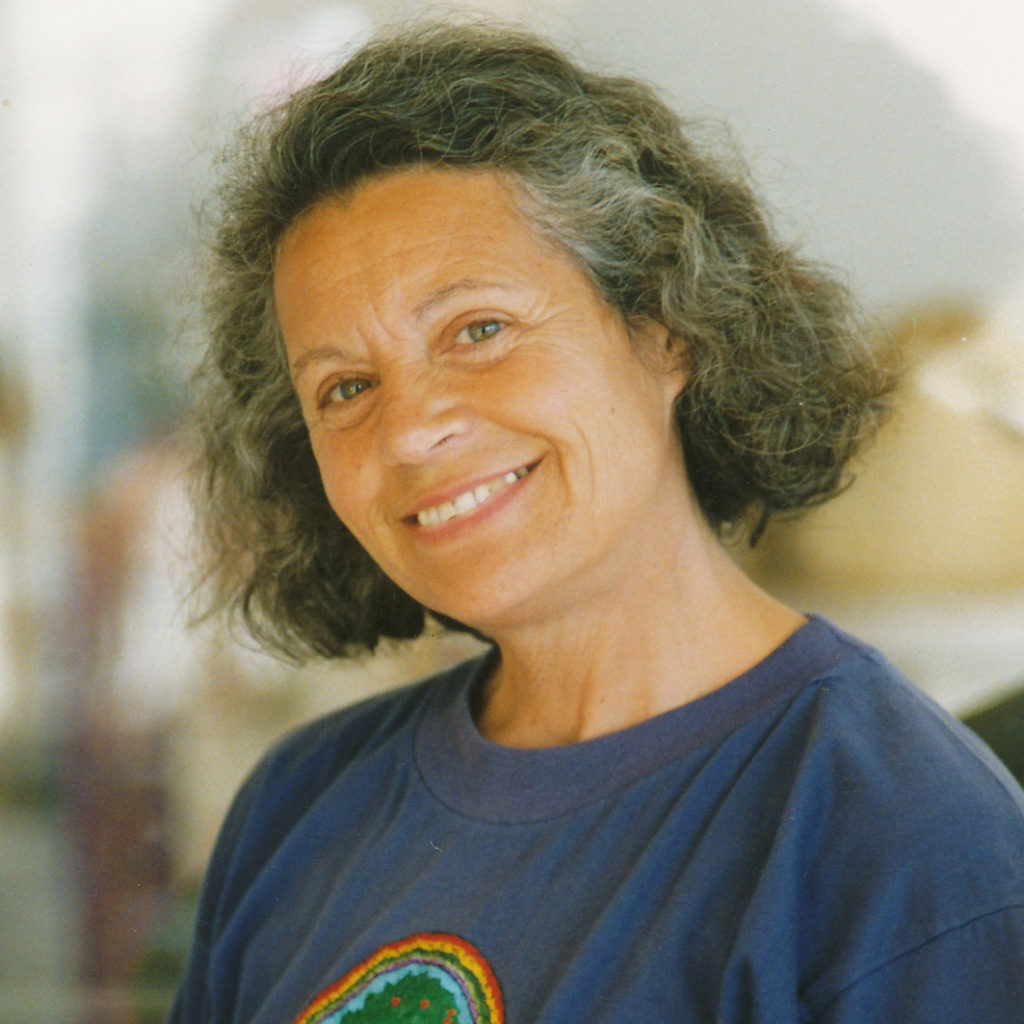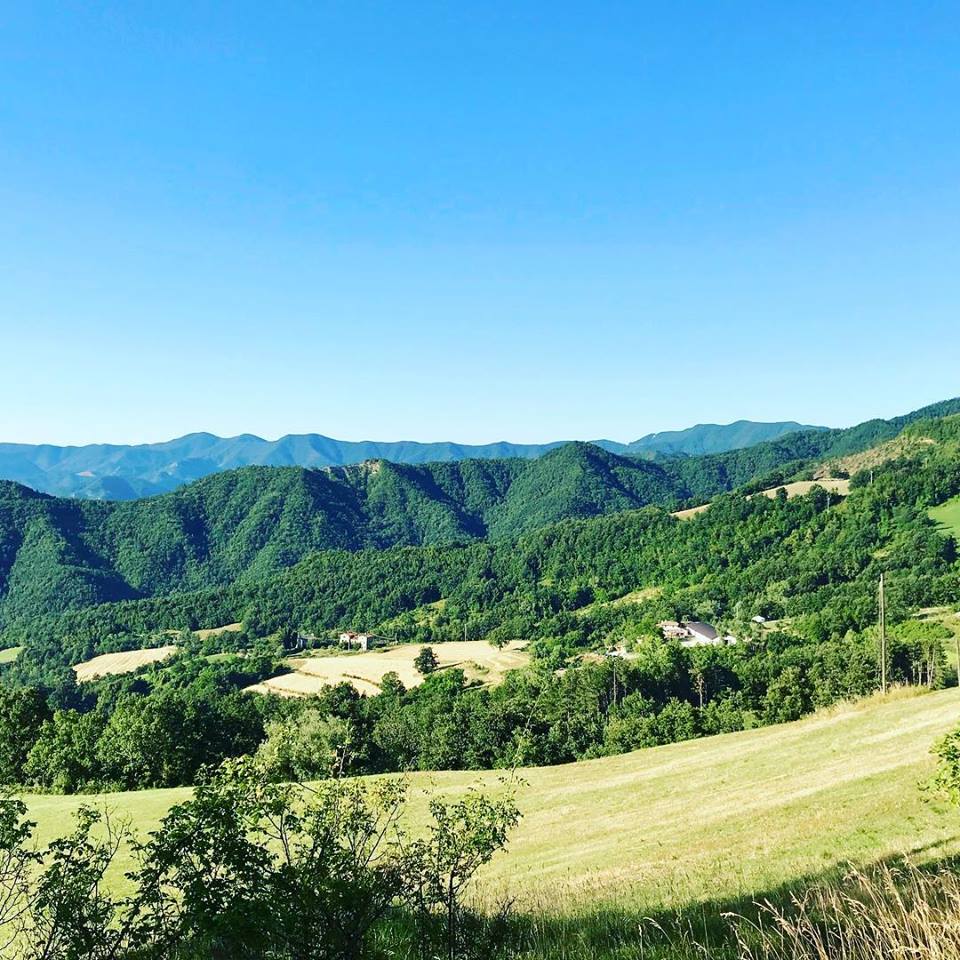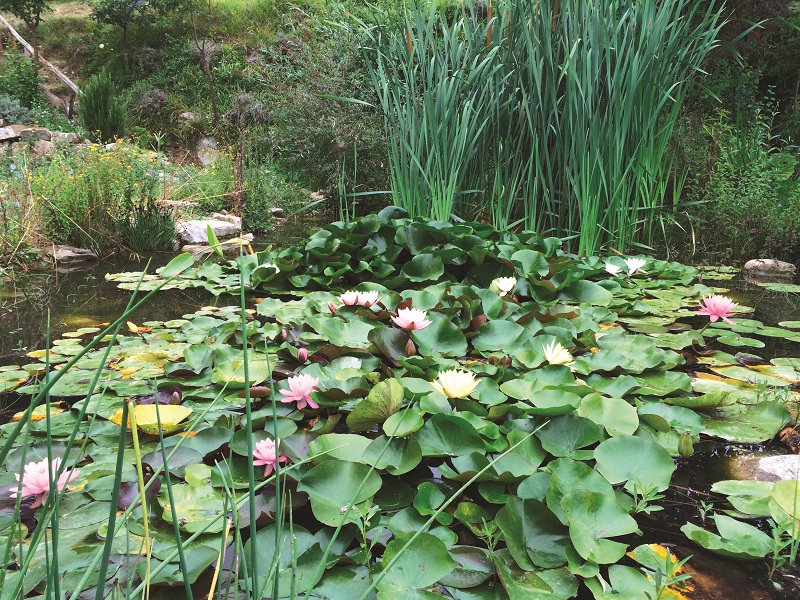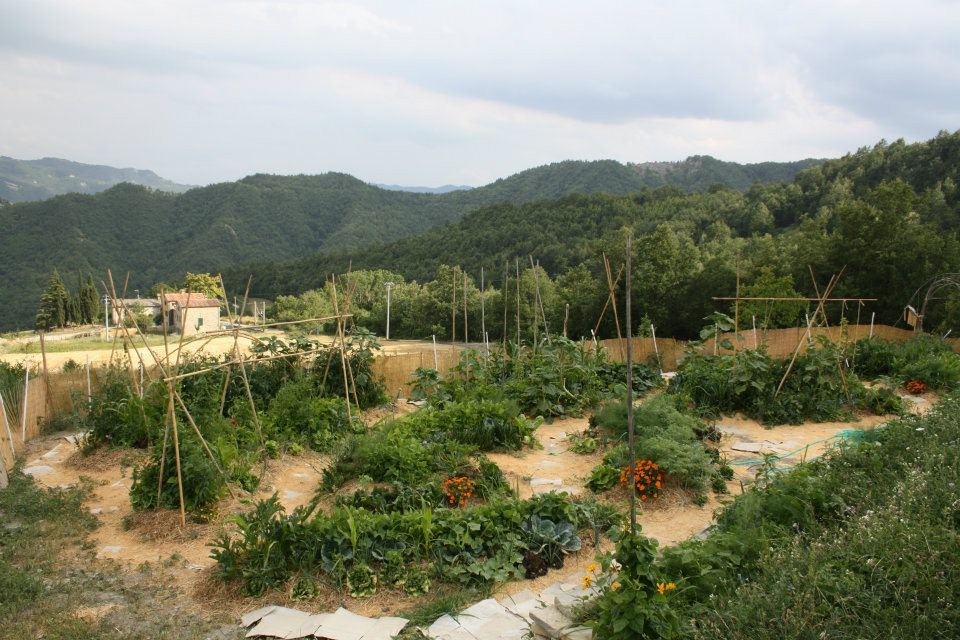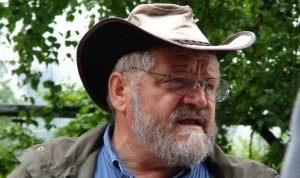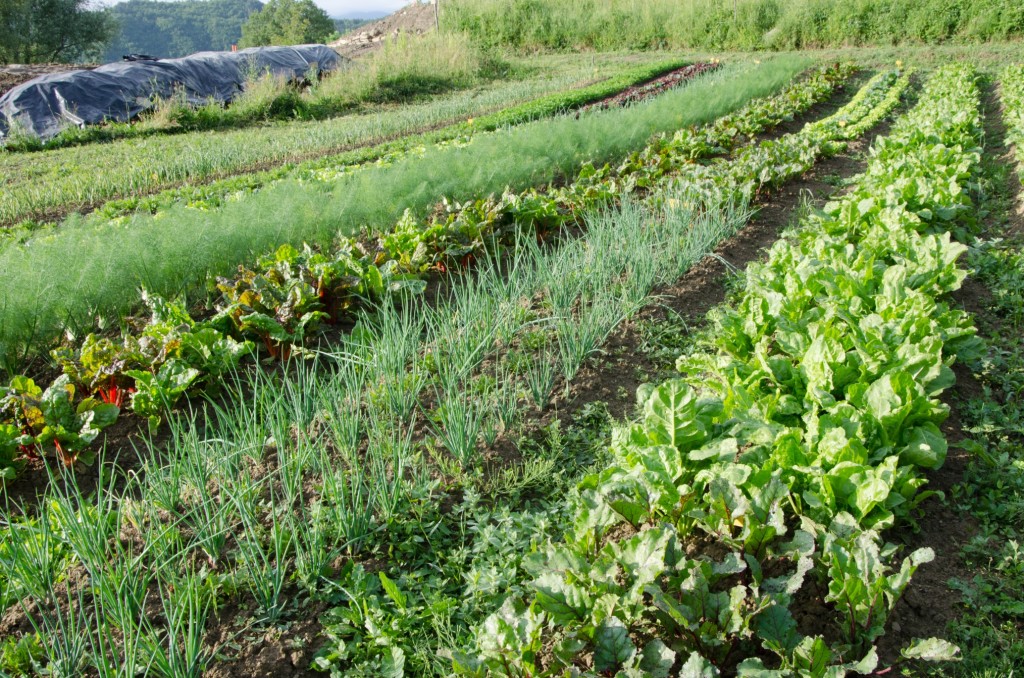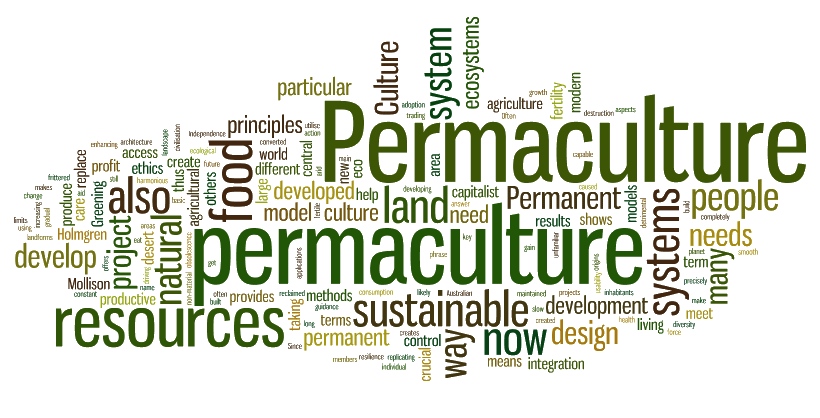Desert or Paradise?
Collecting and storing water is a concrete step towards being free: here is what has been done in practice at Autosuffienza – Centre for Applied Ecology
Francesco Rosso | Creator and custodian of Autosufficienza Centre
The right tools for market gardens and no-till agriculture
As we know, there are many different ways to do agriculture and cultivate, but not all of them are respectful of nature and biodiversity. On the other hand, there are methods that not only don’t impact the environment negatively, but even promote soil fertility, biodiversity and improve the quality of the entire ecosystem in the face of greater productivity and lower costs. An example is represented by market gardens and no-till agriculture.
Heaven on Earth
What we sow today, we will collect it tomorrow
From an early age I tried to imagine what would have been the most beautiful job in the world. Initially I thought I wanted to be a lumberjack. Then I changed my mind, I wanted to become a forest ranger. I enrolled in the Professional Institute for Agriculture and the Environment with this intention, but after 2 years I changed my mind again. At the age of nineteen, I decided to study Tourism Economics because I liked the idea of traveling.
However, at 20 years old, I found myself managing the family business, so I convinced myself that I wanted to be an entrepreneur and started studying for this. At the age of 24, I bought 70 hectares of land with my family and decided I would become a farmer. Today at 33, I’m an entrepreneur, a farmer, a lumberjack, I manage a farm and everything that I had thought of individually exists at the same time. I love what I do but even more I love the idea of designing the most beautiful place in the world.
Who was Emilia Hazelip
We have already talked about synergistic agriculture in a previous article, but today we would like to take a deeper look at the life and aspirations of its creator, the Spanish Emilia Hazelip (Barcelona, 1937 – Carcassonne, 2003).
She was born in 1937 in Barcelona, while World War II bombs were falling on her hometown. When she turned 18, she decided to leave Spain, embarking on a path that led her to challenge the Establishment of that period. During the ’60s Emilia experienced community life at the beginning of the hippie movement, soon realizing how the practices of ploughing and cultivating on an uncovered land were absolutely against nature. At the same time, Emilia wanted to find different ways to live in contact with the land, respecting the laws of nature and reintegrating the human being in the cycle of life.
RE-start taking care of the world
Permaculture, self-sufficiency and a great desire to improve our lives.
When I find myself talking to someone about what the future of mankind will be, I receive the most incredible answers: from those who could not care less about it, to those who are completely catastrophic: “there is nothing we can do about it”.
Water in Permaculture
Strategies for a water-rich soil
Water covers 70% of our planet, even though we can only use a minimum part of it, since 97% of water is salted. ¾ of the 3% of fresh water are in the form of ice and 50% of the remaining water is around 700 m under the ground, enclosed in rocks and not usable. Overall, fresh water available in lakes, rivers, groundwater layers and the atmosphere represents only 0,375% of total water.
SYNERGISTIC AGRICULTURE
We cannot talk about synergistic agriculture without speaking of its inventor, the Spanish permaculturist Emilia Hazelip (1937 – 2003) who developed and then spread this farming method that is inspired by Masanobu Fukuoka’s Natural Farming and Bill Mollison’s Permaculture.
The principles of Permaculture that Emilia most endorsed are living without destroying and the production of better food with the least energy and fuel consumption.
On the other hand, Fukuoka’s work was the demonstration that working the ground is not necessary. By constantly keeping the natural fertility of the soil we can get long-lasting results and a good quality production.
Interview to Francesco Rosso by Sepp Holzer
Sepp Holzer has become famous as the “rebel farmer”. He is a pioneer of the concept of permaculture and he has demonstrated a total commitment in this method of farming. He has a 40-year experience in alternative farming by trying out a lot of different techniques and for this reason he is now the most famous expert of permaculture in Europe.
Sepp Holzer carries out successful permaculture projects all over the world, both in small and big farms and regardless of the climatic conditions, from the desert to Siberia.
Biointensive gardening at La Fattoria dell’Autosufficienza
Since 2016 at La Fattoria dell’Autosufficienza we have cultivated vegetables for the agritourism, direct sales and the Macrolibrarsi Store in Cesena, by following the principles of biointensive gardening. Biointensive gardening is a method for cultivating organically (it actually goes beyond the standard definition of organic) and, as the word suggests, it’s also “intensive”, because it reproduces the diversity and density of virgin forests. It’s also referred to as “market garden”.
We use no artificial fertilizer and the only treatment for parasites is prevention. By increasing biodiversity and soil quality, we invite beneficial microorganisms to thrive and take control over our soil, which, as a result, will create a dynamic harmony with plants. Healthy plants on a healthy soil and in a healthy environment simply don’t get sick.
Permaculture: where are we in Italy
By Elena Parmiggiani
Many are the small and big organisations that apply and communicate this method and the values that it shares.
Several months have passed since my latest interview to Massimo Candela (October 2014), president of the Italian Academy of Permaculture (Accademia Italiana di Permacultura), in which we discussed the most interesting organizations in Italy. Let’s see how the situation has evolved.
There at least 3 associations at national level that deal with permaculture:
- The Italian Academy of Permaculture (permacultura.it), established thanks to the British Permaculture Academy founded by Andy Lagford (now co-founder of Gaia University) and Richard Wade, who assists and organises the Italian course and sets up networks at national and international level among students, apprentices and graduated people;
- The Italian Institute of Permaculture (Istituto Italiano di Permacultura) founded by Pietro Zucchetti, that organises permaculture courses;
- The World Permaculture Association, promoted by Giuseppe Tallarico and established through the direct cooperation with the Australian Permaculture Research Institute. It offers courses with international professionals such as Rhamis Kent (PRI AU), John D. Liu (Chinese documentarian) and its aim is promoting and spreading food production by following permaculture principles.
Newsletter
ARGOMENTI
- Activities (8)
- Attività (10)
- Attrattive (16)
- Cosa fare (22)
- Farm products (4)
- Fattoria dell'autosufficienza (40)
- Fattoria dell'autosufficienza (62)
- Fauna (8)
- Flora (5)
- I nostri modelli (15)
- Istruzioni per viaggiare (2)
- News (63)
- News (97)
- Our models (14)
- Permacultura (30)
- Permaculture (23)
- Prodotti della fattoria (4)
- Senza categoria (4)
- Senza categoria (2)
- Things to do (22)
- Tourist attractions (15)
